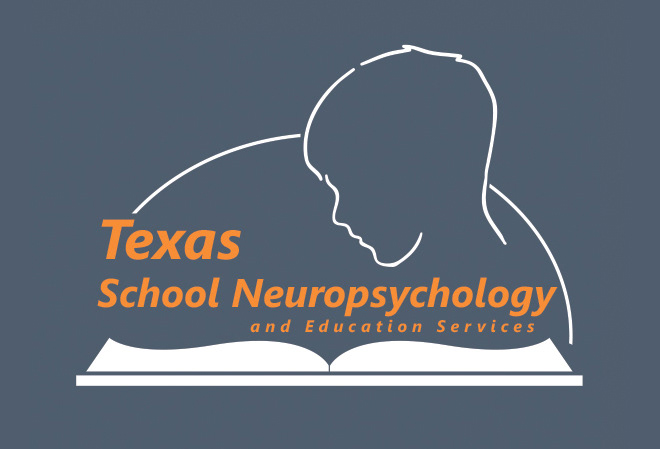What is it?
An auditory processing disorder interferes with an individual's ability to analyze or make sense of information taken in through the ears. This is different from problems involving hearing per se, such as deafness or being hard of hearing. Difficulties with auditory processing do not affect what is heard by the ear, but do affect how this information is interpreted, or processed by the brain.
An auditory processing deficit can interfere directly with speech and language, but can affect all areas of learning, especially reading and spelling. When instruction in school relies primarily on spoken language, the individual with an auditory processing disorder may have serious difficulty understanding the lesson or the directions.
Common areas of difficulty and some educational implications:
Phonological awareness
Phonological awareness is the understanding that language is made up of individual sounds (phonemes) which are put together to form the words we write and speak. This is a fundamental precursor to reading. Children who have difficulty with phonological awareness will often be unable to recognize or isolate the individual sounds in a word, recognize similarities between words (as in rhyming words), or be able to identify the number of sounds in a word. These deficits can affect all areas of language including reading, writing, and understanding of spoken language.
Though phonological awareness develops naturally in most children, the necessary knowledge and skills can be taught through direct instruction for those who have difficulty in this area.
Auditory discrimination
Auditory discrimination is the ability to recognize differences in phonemes (sounds). This includes the ability to identify words and sounds that are similar and those which are different.
Auditory memory
Auditory memory is the ability to store and recall information which was given verbally. An individual with difficulties in this area may not be able to follow instructions given verbally or may have trouble recalling information from a story read aloud.
Auditory sequencing
Auditory sequencing is the ability to remember or reconstruct the order of items in a list or the order of sounds in a word or syllable. One example is saying or writing "ephelant" for "elephant."
Auditory blending
Auditory blending is the process of putting together phonemes to form words. For example, the individual phonemes "c", "a", and "t" are blended to from the word, "cat".
Information was taken from http://www.ldonline.org/article/6390/
What to do if you suspect a problem
The following suggestions are presented in a sequence which should help ensure that your concerns do not go ignored. Of equal importance, this sequence should help avoid setting off any premature alarms, which may not be in the child's best interests.
Write down the reasons you suspect a problem might be present or developing, carefully documenting examples in which the concerning behavior is taking place.
This will help in two ways. First, it will help confirm or alleviate your concerns. If there is cause for concern, it will help you get a more focused idea of where the difficulty lies. This list will also be helpful if further action or meetings with other professionals are necessary.
Interventions:
First, a few words about interventions in general. Interventions need to be aimed at the specific needs of the child. No two children share the same set of strengths or areas of weaknesses. An effective intervention is one that utilizes a child's strengths in order to build on the specific areas in need of development. As such, interventions need to be viewed as a dynamic and ever changing process. Although this may sound overwhelming initially, it is important to remember that the process of finding successful interventions becomes easier with time and as the child's learning approach, style, and abilities become more clear.
The following examples provide some ideas regarding a specific disability. It is only a beginning, which is meant to encourage further thinking and development of specific interventions and intervention strategies.
The following represent a number of common interventions and accommodations used with children in their regular classroom:
Do not rely solely on an area of weakness.
If instructions are given orally, try to supplement this with written or other visual cues. While it is important to address the area of need directly and try to build up areas of weakness, it is also necessary that the student be able to function successfully in the classroom. A simple accommodation like backing up verbal directions with visual or written cues is one way to facilitate this.
Keep the area of difficulty in mind.
Simplifying verbal directions, slowing the rate of speech, and minimizing distractions can make a big difference to a person with auditory processing difficulties.
Plan specific activities for the areas of difficulty.
There are many activities that can help build auditory processing skills, whether it be in the area of phonological awareness, auditory discrimination, or any of the other areas in this realm. Rhyming games, for example, can help build phonological awareness as well as discriminating between similar and different sounds. Sorting games can help build auditory memory, as the number of variables and steps involved in the sorting can be easily controlled to adjust the level of difficulty.
Information was taken from http://www.ldonline.org/article/6390/
